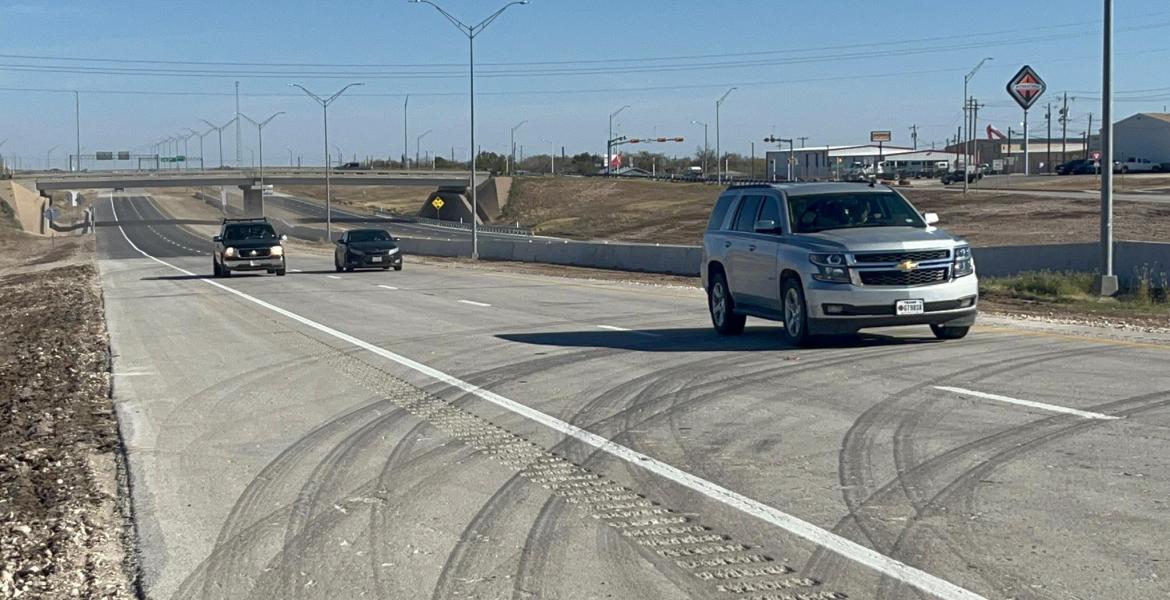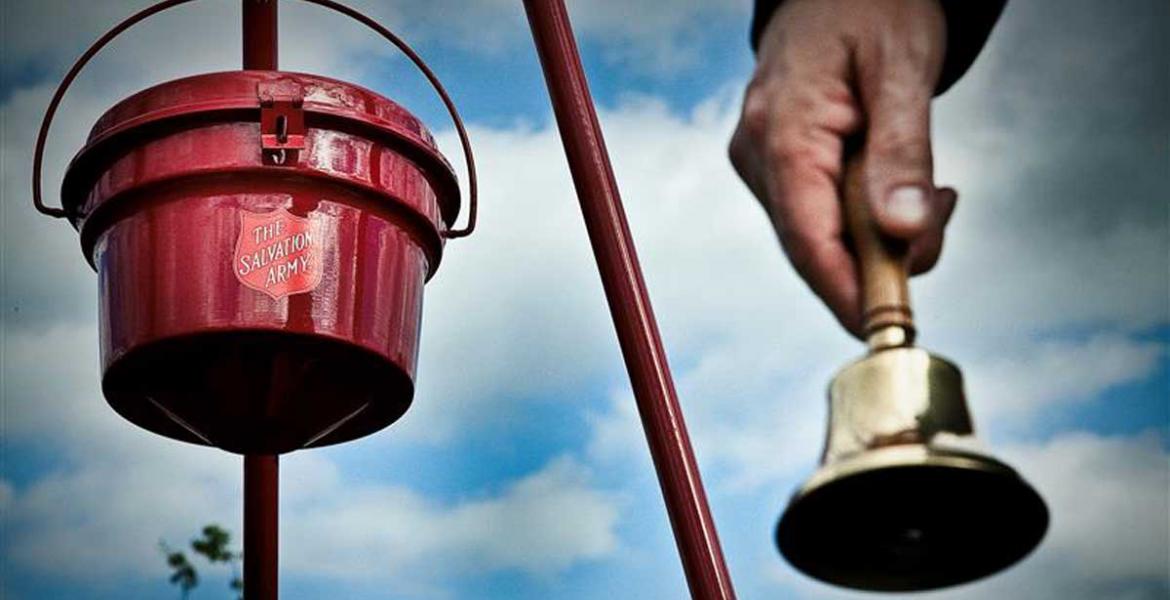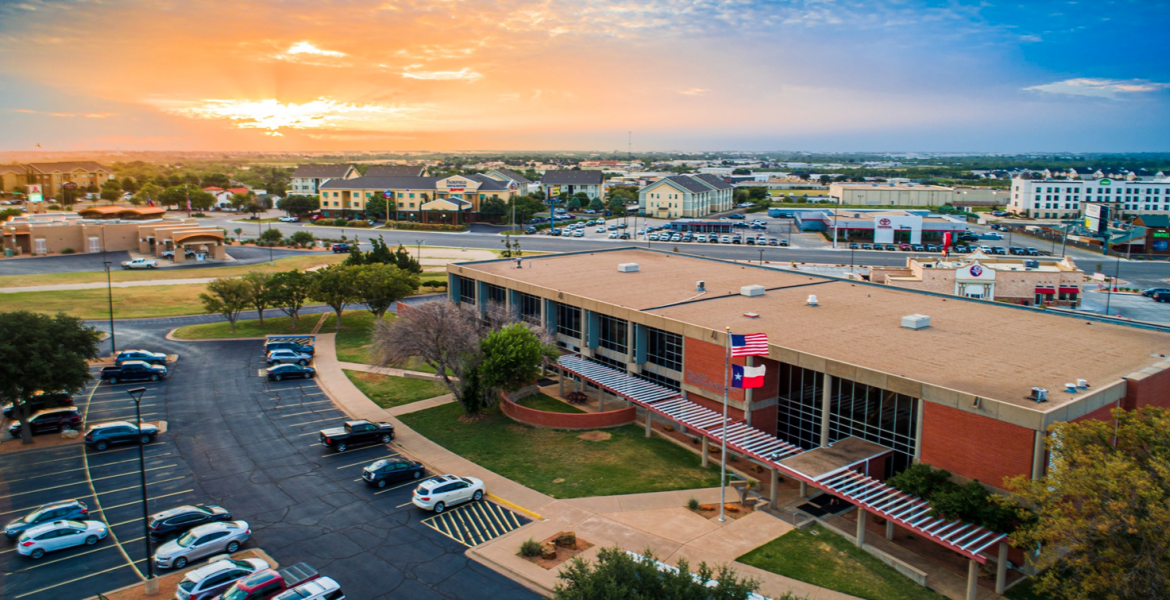“Wait till you get here,” they said, “you won’t recognize the place.”
That might have been an overstatement, but things had certainly changed.
They were my family and friends, and they had been speaking of Midland. And following some 36 hours of planes, trains, layovers and car rides, I realized that this big boom everyone was talking about had not only hit my west Texas hometown, it had also affected the city of my alma mater.
For the past four years I’ve been absentee. Beginning my senior year as a journalism student at ASU, I packed my luggage and headed east to the continent of the old world and the chain smokers. The country of the auto designers and the beer drinkers. The city of Continental tires and Leibniz cookies.
[caption]LIVE! Editor Chelsea Schmid.[/caption]I was on scholarship at Leibniz University in Hannover, Germany, an ASU partner best known for its technical and engineering faculties. After a year immersing myself in cultural activities (speaking German at parties and attending soccer games), I returned to the U.S. to complete my degree.
Shortly after graduation, in June 2011, I packed it all up again (this time in new, shiny, four-wheeled suitcases to combat the cobblestones) with a one-way ticket to Portugal. The stint was a short one, and in favor of getting paid for my work as a freelance English teacher in the wake of the Euro-Crisis, I returned to Hannover where I remained for two years teaching English at the University of Applied Arts and Sciences until LIVE! Magazine brought me back home.
Having been gone for so long, the radical change everyone had been talking about had made me anticipatory. Apparently money had started growing on trees and Midland/Odessa had become a thriving metropolis. Boarders were stretching daily (and even touching in some places), and housing had become such an issue that the travel trailer had not only shunned its famed “trash” status, it had indeed become fashionable. Traffic was now a thing to fear, pumpjacks more widespread than mesquite bushes and there was a teacher shortage.
San Angelo, it seemed, was not immune. But after having been so built up by stories of expansion and economic prosperity, my impressions upon first arrival betrayed to a large extent the hype. Sure, the traffic sucks and finding an apartment can be likened to pulling well-seated teeth, but I’d been expecting a shock and what I got was a slight buzz, thanks to Chadbourne’s now extended row of bars and breweries.
But perhaps most prominent is the surge in inflation and the growth potential. Having arrived on August 25 after four year’s absence, supermarkets and apartment complexes seem to have become very proud of their product, and this, locals tell me, is a trend that has been on the uprise for about the past two years.
And the slope is steep. Groceries now cost almost twice as much as I remember, and a dilapidated one-bedroom shanty boasting only the finest of plywood windows runs around $1,000 a month, beat-up window-box AC unit included. One can even go for the rustic look, because after the first hard rain this autumn, the few remaining paint flakes will surely have fluttered off into the brambles.
Fields have been bulldozed and new housing is beginning to sprout up in the empty spaces. Businesses are opening, and San Angelo is in an apparent love affair with fried chicken and donut shops.
However, on the whole, the city is the one I remember. The old friend with its familiar places, faces and staples. The small town that however close or similar it may be to its neighbors, is still quite a bit cooler.
Subscribe to the LIVE! Daily
Required






Post a comment to this article here: